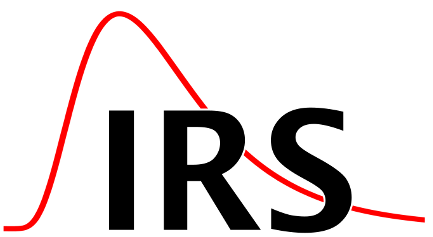Content of the lecture
The nuclear physical fundamentals of stellar nucleosynthesis and the origin of the elements in burning processes in stars and supernova explosions (r- and s-process) are treated. The concept of the isotope is introduced, and physical and chemical isotope effects are discussed. Both, natural isotope effects as well as their technical application in isotope separation are discussed. Stable and radioactive isotopes are used as tracers and clocks in the geosphere, atmosphere and hydrosphere, pedosphere and biosphere. Primary, radiogenic, cosmogenic, and nucleogenic anomalies of isotope abundances are presented with regard to age determinations, e.g. the age of chemical elements, the formation of the solar system and the collision history of small bodies in the solar system.
The cycles of elements in the environment are treated with compartment models and applied to behavior of special nuclides such as H-3, Be-10, C-14, Cl-36 and I-129 in the environment. The physical basics of the production of cosmogenic nuclides in the atmosphere and their in-situ production in the earth's surface are displayed. Stable and radioactive isotopes in the different environmental archives allow the study of the development of general environmental conditions and of anthropogenic changes.
Credit points: 2
Semester hours per week: 2
Place: 4134, room 101, Seminarraum Biophysik, Herrenhäuser Straße 2
Start: Summer semester, monday 2:15 p.m.
Lecturer: Prof. Walther
Basic literature
| Davis | Meteorites, Comets and Planets |
| Siehl - Ernst & Sohn Verlag Berlin (1996) | Umweltradioaktivität |
| Oberhummer - Barth Verlagsgesellschaft, Leipzig (1993) | Kerne und Sterne |
| Choppin, Rydberg, Liljenzin - Butterworth Heinemann, Oxford, 1995 | Radiochemistry and Nuclear Chemistry |
| Marmier, Sheldon - 2 vol., Academic Press, New York, 1970 | Physics of Nuclei and Particles |
| T. Mayer-Kuckuk - (6. Aufl.) Teubner, Stuttgart, 1994 | Kernphysik |
| G.F. Knoll - J. Wiley & Sons, New York, 2000 | Radiation detection and measurement |
| Karlsruhe Chart of Nuclides/Karlsruher Nuklidkarte | http://www.nucleonica.com/ (free of charge from the university network) |
- "Optics, atoms, molecules, quantum phenomena"
- "Physics IV A: nuclei, particles"
- Lecture: "Radiation Protection and Radioecology"


